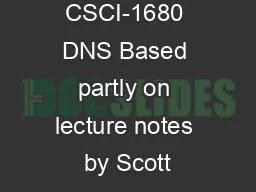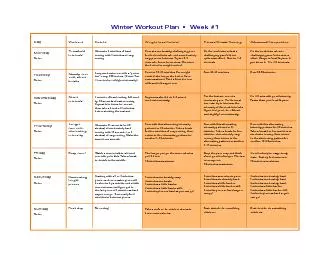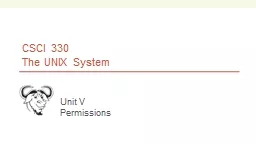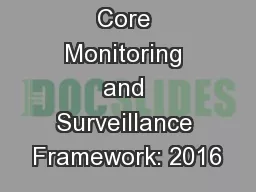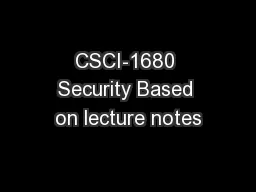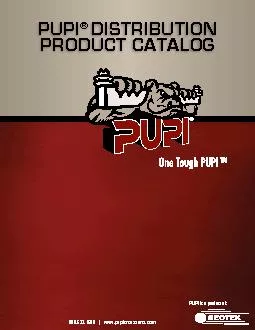PPT-CSCI-1680 DNS Based partly on lecture notes by Scott
Author : sandsomber | Published Date : 2020-06-19
Shenker and John Jannotti Rodrigo Fonseca Administrivia Thursday TCP Milestone II HW3 Out Midterm back early next week This week application layer DNS Web We know
Presentation Embed Code
Download Presentation
Download Presentation The PPT/PDF document "CSCI-1680 DNS Based partly on lecture no..." is the property of its rightful owner. Permission is granted to download and print the materials on this website for personal, non-commercial use only, and to display it on your personal computer provided you do not modify the materials and that you retain all copyright notices contained in the materials. By downloading content from our website, you accept the terms of this agreement.
CSCI-1680 DNS Based partly on lecture notes by Scott: Transcript
Download Rules Of Document
"CSCI-1680 DNS Based partly on lecture notes by Scott"The content belongs to its owner. You may download and print it for personal use, without modification, and keep all copyright notices. By downloading, you agree to these terms.
Related Documents

